International
March against racism in Argentina
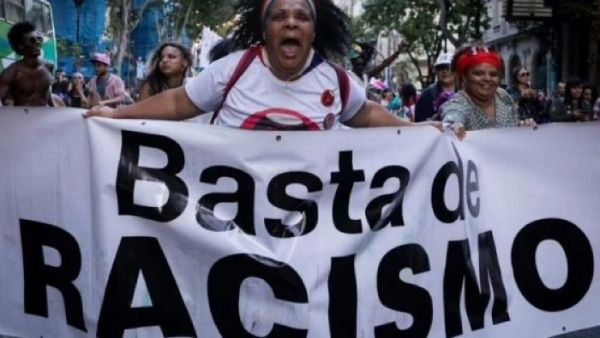
November 9 |
The Plaza de Mayo was the place chosen in Buenos Aires, the capital of Argentina, for the first march against racism and to vindicate the importance of the Afro-descendant population.
In what was the first of Afro-descendant peoples in Argentina, the march left the Plaza de Mayo bound for the National Congress with a series of demands, mainly against racism.
The representative of this march, Diego Bonga, stated that “the march is to give visibility to the struggle that we have been doing for several decades in this beautiful Argentine nation, blessed by the blood of blacks on the battlefields.”
“To fight racism, to fight discrimination, to be able to melt our beautiful culture, to put an end to preconceptions, to try to denounce that institutional racism that exists, that discriminatory policy, and to assert our rights as human beings”, added Bonga.
In addition, the representative of the mobilization emphasized that “beyond Afro-descendants we are a struggle for human rights, but we add Afro-descendants, because at some point in history we were considered that we were not human”.
“In fact, here we are, standing, with pride, with dignity, and defending a legacy that deserves to be recognized, deserves to be respected, and deserves to be made visible all this struggle that we are carrying out with our own resources,” he said.
Bonga said he was concerned about the policy that could be adopted by the candidate Javier Milei, who will dispute the Argentinean presidency with the ruling party candidate Sergio Massa, in the second round of elections to be held on November 19.
“Many people are very concerned in that sense. There are claims that have to do with integration, more than anything else. This society has to be correctly informed about blackness, about the different nations that have brought, with their knowledge, with their great contribution that we have made for the construction. That is, our ancestors”, he added.
International
Five laboratories investigated in Spain over possible African Swine Fever leak
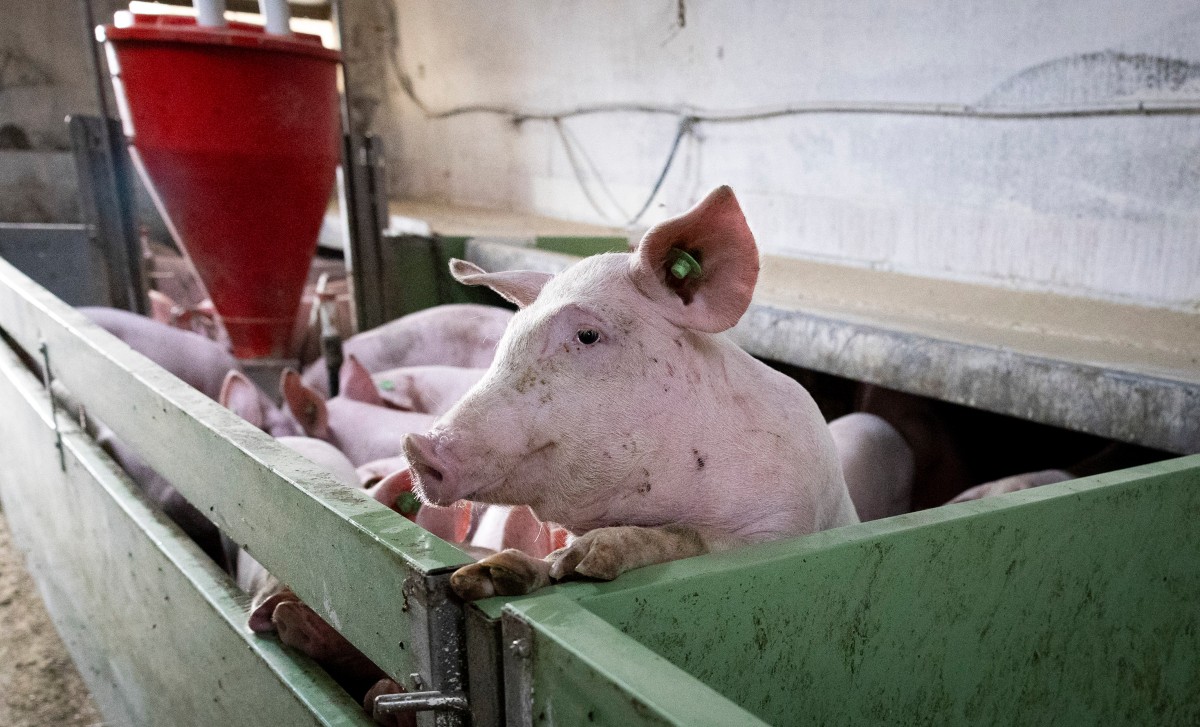
Catalan authorities announced this Saturday that a total of five laboratories are under investigation over a possible leak of the African swine fever virus, which is currently affecting Spain and has put Europe’s largest pork producer on alert.
“We have commissioned an audit of all facilities, of all centers within the 20-kilometer risk zone that are working with the African swine fever virus,” said Salvador Illa, president of the Catalonia regional government, during a press conference. Catalonia is the only Spanish region affected so far. “There are only a few centers, no more than five,” Illa added, one day after the first laboratory was announced as a potential source of the outbreak.
Illa also reported that the 80,000 pigs located on the 55 farms within the risk zone are healthy and “can be made available for human consumption following the established protocols.” Therefore, he said, “they may be safely marketed on the Spanish market.”
International
María Corina Machado says Venezuela’s political transition “must take place”
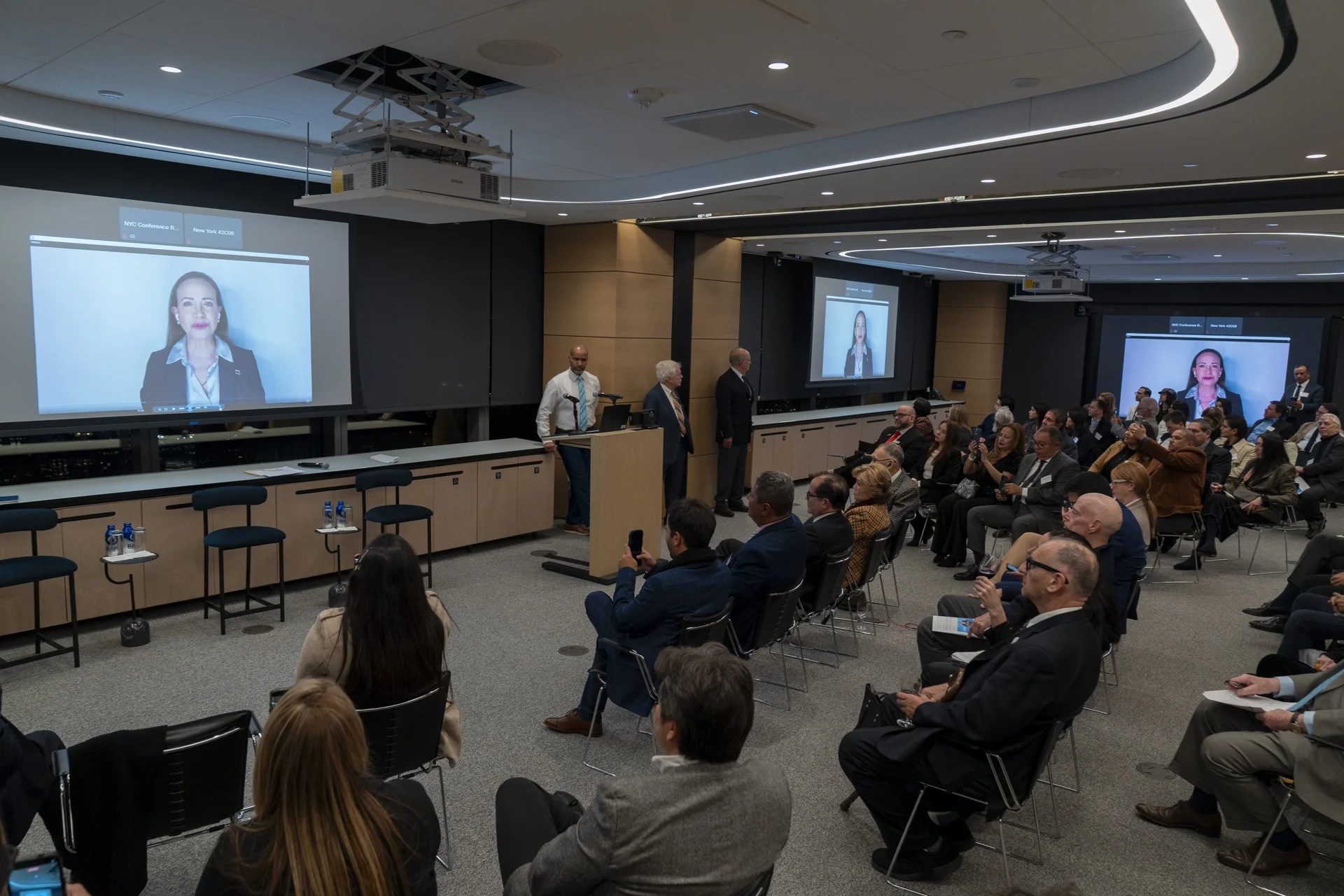
Venezuelan opposition leader María Corina Machado said this Thursday, during a virtual appearance at an event hosted by the Venezuelan-American Association of the U.S. (VAAUS) in New York, that Venezuela’s political transition “must take place” and that the opposition is now “more organized than ever.”
Machado, who is set to receive the Nobel Peace Prize on December 10 in Oslo, Norway — although it is not yet known whether she will attend — stressed that the opposition is currently focused on defining “what comes next” to ensure that the transition is “orderly and effective.”
“We have legitimate leadership and a clear mandate from the people,” she said, adding that the international community supports this position.
Her remarks come amid a hardening of U.S. policy toward the government of Nicolás Maduro, with new economic sanctions and what has been described as the “full closure” of airspace over and around Venezuela — a measure aimed at airlines, pilots, and alleged traffickers — increasing pressure on Caracas and further complicating both air mobility and international commercial operations.
During her speech, Machado highlighted the resilience of the Venezuelan people, who “have suffered, but refuse to surrender,” and said the opposition is facing repression with “dignity and moral strength,” including “exiles and political prisoners who have been separated from their families and have given everything for the democratic cause.”
She also thanked U.S. President Donald Trump for recognizing that Venezuela’s transition is “a priority” and for his role as a “key figure in international pressure against the Maduro regime.”
“Is change coming? Absolutely yes,” Machado said, before concluding that “Venezuela will be free.”
International
Catalonia’s president calls for greater ambition in defending democracy
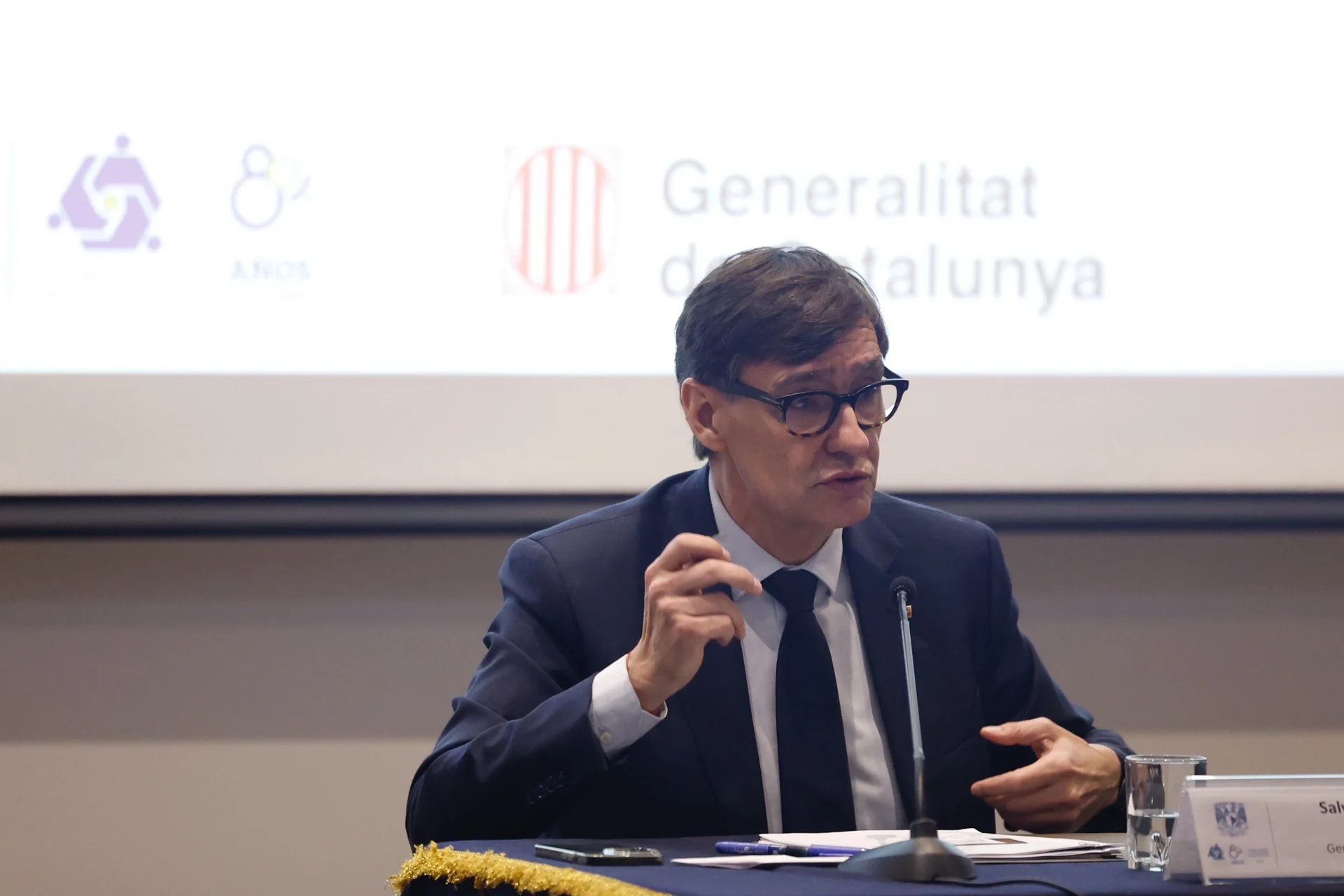
The President of the Generalitat of Catalonia, Salvador Illa, on Thursday called for being “more ambitious” in defending democracy, which he warned is being threatened “from within” by inequality, extremism, and hate speech driven by what he described as a “politics of intimidation,” on the final day of his visit to Mexico.
“The greatest threat to democracies is born within themselves. It is inequality and the winds of extremism. Both need each other and feed off one another,” Illa said during a speech at the National Autonomous University of Mexico (UNAM) in Mexico City.
In his address, Illa stated that in the face of extremism, society can adopt “two attitudes: hope or fear,” and warned that hate-driven rhetoric seeks to weaken citizens’ resolve. “We must be aware that hate speech, the politics of intimidation, and threats in the form of tariffs, the persecution of migrants, drones flying over Europe, or even war like the invasion of Ukraine, or walls at the border, all pursue the same goal: to make citizens give up and renounce who they want to be,” he added.
Despite these challenges, he urged people “not to lose hope,” emphasizing that there is a “better alternative,” which he summarized as “dialogue, institutional cooperation, peace, and human values.”
“I sincerely believe that we must be more ambitious in our defense of democracy, and that we must remember, demonstrate, and put into practice everything we are capable of doing. Never before has humanity accumulated so much knowledge, so much capacity, and so much power to shape the future,” Illa stressed.
For that reason, he called for a daily defense of the democratic system “at all levels and by each person according to their responsibility,” warning that democracy is currently facing an “existential threat.”
-
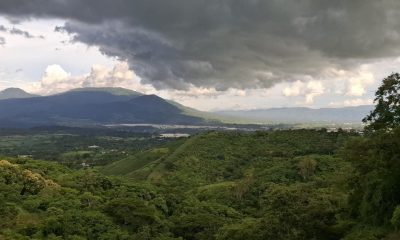
 International3 days ago
International3 days agoWMO predicts 55% chance of weakened La Niña impacting global weather this winter
-

 Central America3 days ago
Central America3 days agoJuan Orlando Hernández thanks Donald Trump after U.S. pardon
-

 Internacionales4 days ago
Internacionales4 days agoJuan Orlando Hernández’s family takes time to decide next steps after surprise U.S. release
-

 International4 days ago
International4 days agoRussian authorities ban Roblox citing child safety and moral concerns
-

 International3 days ago
International3 days agoSpain’s PSOE summons Mark Zuckerberg over alleged mass surveillance on Android users
-
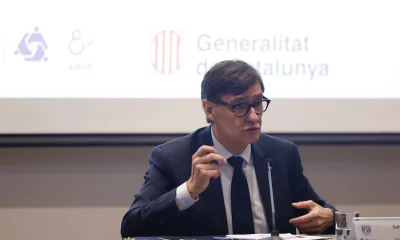
 International2 days ago
International2 days agoCatalonia’s president calls for greater ambition in defending democracy
-
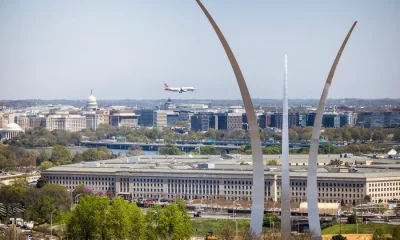
 International3 days ago
International3 days agoNew York Times sues Pentagon over new press restrictions, citing First Amendment violations
-

 International4 days ago
International4 days agoClimate-driven rains trigger one of Indonesia’s deadliest flood emergencies in years
-
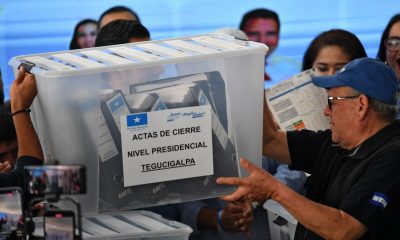
 Central America1 day ago
Central America1 day agoHonduras vote vount drags on as Asfura and Nasralla remain in technical tie
-
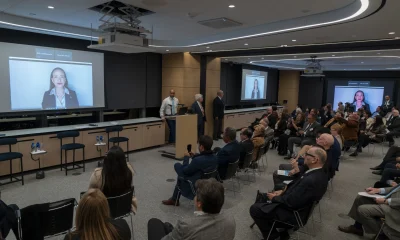
 International2 days ago
International2 days agoMaría Corina Machado says Venezuela’s political transition “must take place”
-

 International1 day ago
International1 day agoFive laboratories investigated in Spain over possible African Swine Fever leak


























